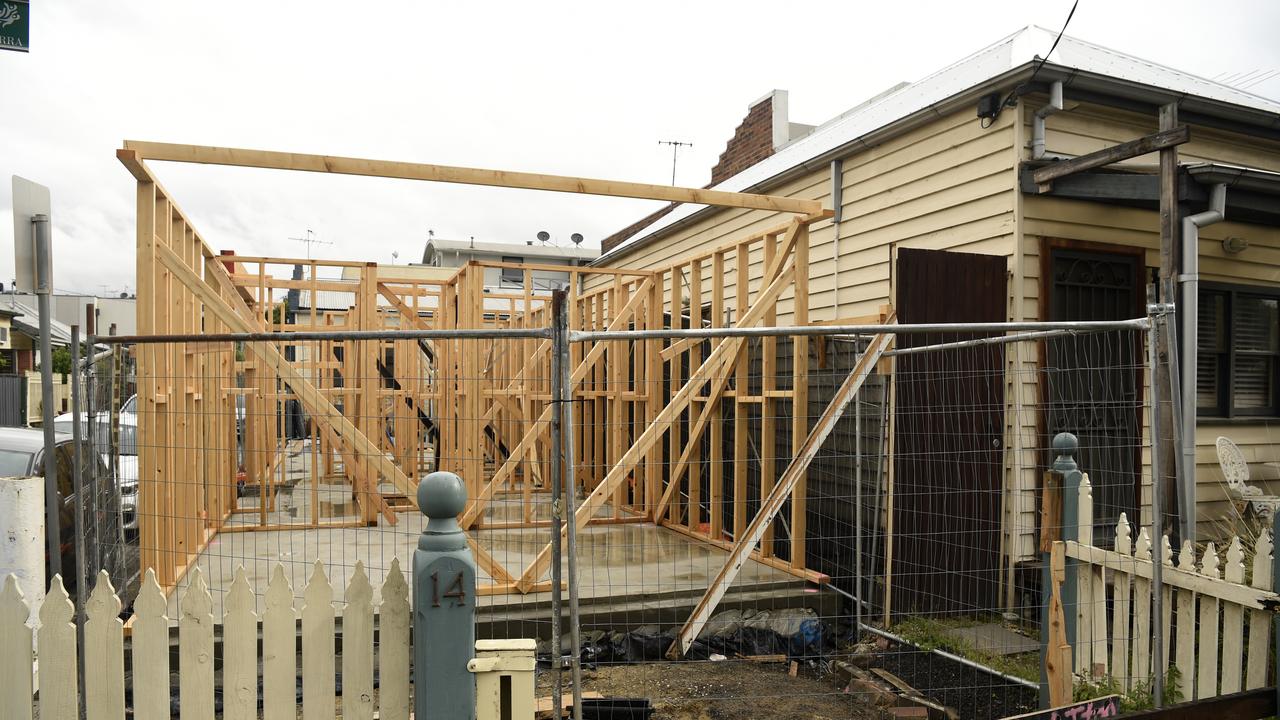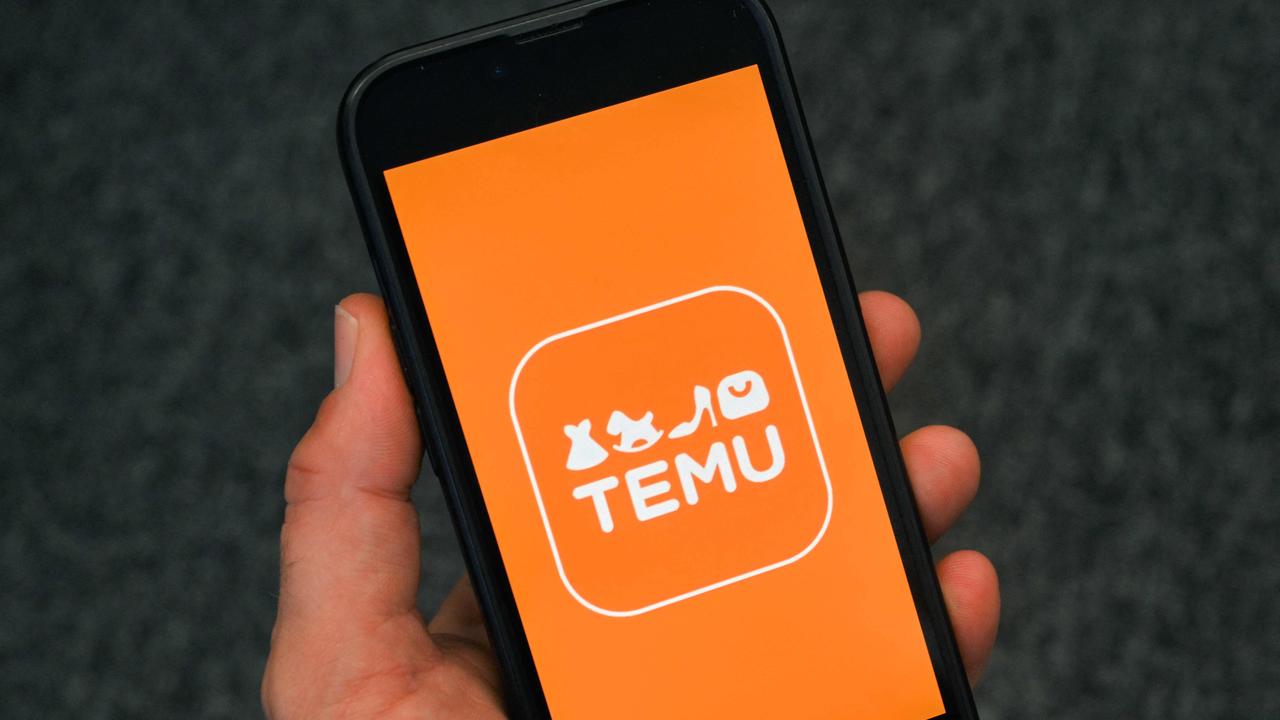Wages growth slips for second consecutive quarter slugging workers with real pay cut
Workers, already under pressure from inflation, saw their wages slide last quarter but there is some good news for homeowners.

Business Breaking News
Don't miss out on the headlines from Business Breaking News. Followed categories will be added to My News.
Wages growth slipped in the March, falling for the second consecutive quarter as Australia’s red hot jobs market gradually begins to cool.
The weaker-than-anticipated result was driven by a rise in private sector pay, up 0.8 per cent in the year to March, the Australian Bureau of Statistics reported on Wednesday, while public sector wages grew by a more modest 0.5 per cent.
Combined, wages growth eased to 0.8 per cent, down from 0.9 per cent in December and slightly below economists’ expectations of an increase in line with last quarter’s reading.
The reading ended a run of quarterly real wages gains, with headline inflation in the March quarter outstripping wages growth by 0.2 percentage points.
Reserve Bank governor Michele Bullock has warned that unit labour costs – the gap between productivity and wages growth – needs to be closed so that higher packets do not exacerbate inflation, which in turn risks putting upward pressure on interest rates.
With wages growth undershooting the RBA’s own forecasts, Capital Economics’ Marcel Thieliant said the slowdown in wages growth would mean the RBA wouldn’t hike interest rates again.
“With job vacancies dwindling and the labour market loosening, we think that employers will grant smaller pay hikes over coming months,” Mr Thieliant said.
“Today’s data will ensure that the RBA doesn’t hike interest rates any further but we still expect the bank to wait until the March quarter next year before loosening policy.”
But Betashares chief economist David Bassanese warned that even as the softer-than-expected figures would provide some reassurance to the RBA, it would be partly offset from the $24.4bn of new net spending announced in Tuesday’s federal budget.
“Assuming a further gradual easing in labour market tightness, there’s a good chance that wage inflation has now peaked and could ease further over the coming year,” he said.
“That said, we now have a new injection of policy stimulus from last night’s federal budget to contend with.”
In a statement, Treasurer Jim Chalmers and Employment Minister Tony Burke welcomed the strong nominal wages growth result.
“Today’s result means it is the first time in 15 years annual wages have grown faster than 4 per cent for three consecutive quarters,” they said.
Fresh forecasts released in the federal budget showed real wage growth will climb 0.5 per cent a year for three years as a result of easing inflation and robust wages growth from new pay deals and rulings.
Economists expect the Fair Work Commission’s annual wage determination for award and minimum wage earners, slated for next month, will further support wage growth in the near-term.
In an intervention similar to previous wage cases, the Albanese government has backed a real wage increase for Australia’s lowest paid workers, likely equating to an increase tied to the latest inflation measure of 3.6 per cent.
Separate to the annual wage review, increases for aged and childcare workers are also expected in the near-term.
At the same time, a large number of public sector wage agreements covering tens of thousands of workers are currently in the pipeline, potentially adding billions more to the nation’s wages bill.
In NSW, energy, health and railway workers are agitating for pay rises up to 8 per cent, while negotiations will commence with the Public Service Union in a major test for the Minns government after it scrapped the state’s public wages cap last year.
Victoria’s public servants have formed a new enterprise agreement with the state’s Allen government. The pay deal includes annual pay rises of 3 per cent, coupled with an added bonus worth 0.5 per cent equating to an average of $1400 per employee each year.
In Western Australia, public servants are demanding a 12 per cent pay increase over two years and a four-day work week trial as part of a new industrial agreement.
Originally published as Wages growth slips for second consecutive quarter slugging workers with real pay cut






